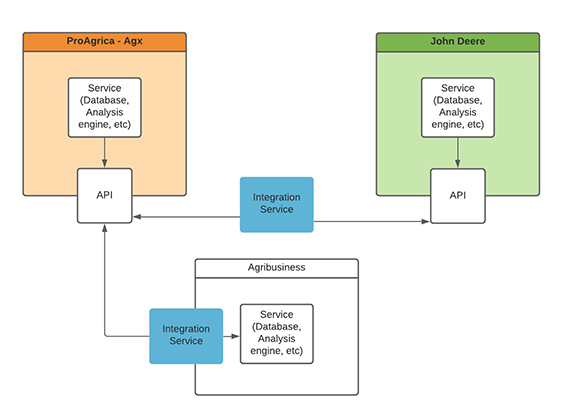India: Adopting AI In Agriculture Eases the Risk of Changing Patterns
It is one of the marvels of human innovation but artificial intelligence (AI) offers a tough competition to us, writes Rajesh Aggrawal on BusinessWorld.in. The days of speculating rain and sunshine may soon fade with artificial intelligence’s capability to predict right conditions with precision to an extent. It comprises one of the basic aspects of precision agriculture (PA) promoted even by the government to boost productivity and in turn, farmers’ income.
AI-based sowing advisories lead to 30% higher yields as Microsoft, in collaboration with ICRISAT, developed an AI Sowing App powered by Microsoft Cortana Intelligence Suite including Machine Learning and Power BI. The app sends sowing advisories to participating farmers on the optimal date to sow without them installing any sensors in their fields or any additional cost; all they need is a phone capable of receiving text messages. The performance of AI on the fields have prompted NITI Aayog, to start a pilot project on precision agriculture using AI in 10 districts from seven states: Assam, Bihar, Jharkhand, Madhya Pradesh, Maharashtra, Rajasthan, and Uttar Pradesh.
Moisture Adequacy Index (MAI) may bring significant change
The AI mechanism calculated the crop-sowing period by gathering and analysing the historic climate data spanning over 30 years, from 1986 to 2015 and decided a Moisture Adequacy Index (MAI) to determine the optimal sowing period. MAI is the standardized measure used for assessing the degree of adequacy of rainfall and soil moisture to meet the potential water requirement of crops. The daily rainfall recorded and reported helped to calculate the real-time MAI while the future MAI is calculated from weather forecasting models which are downscaled to build predictability, and guide farmers to pick the ideal sowing week.
Continue reading at BusinessWorld.in.









